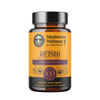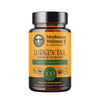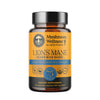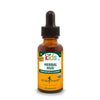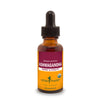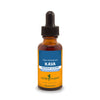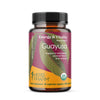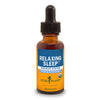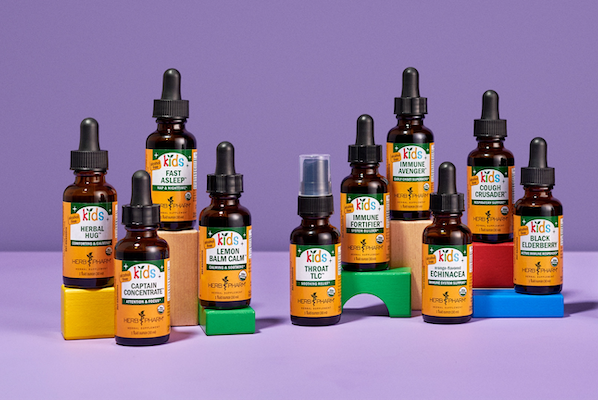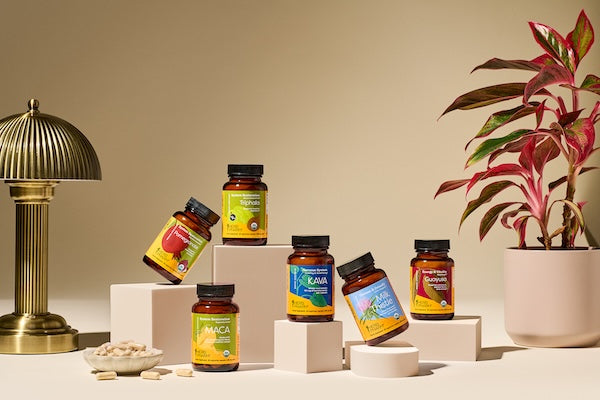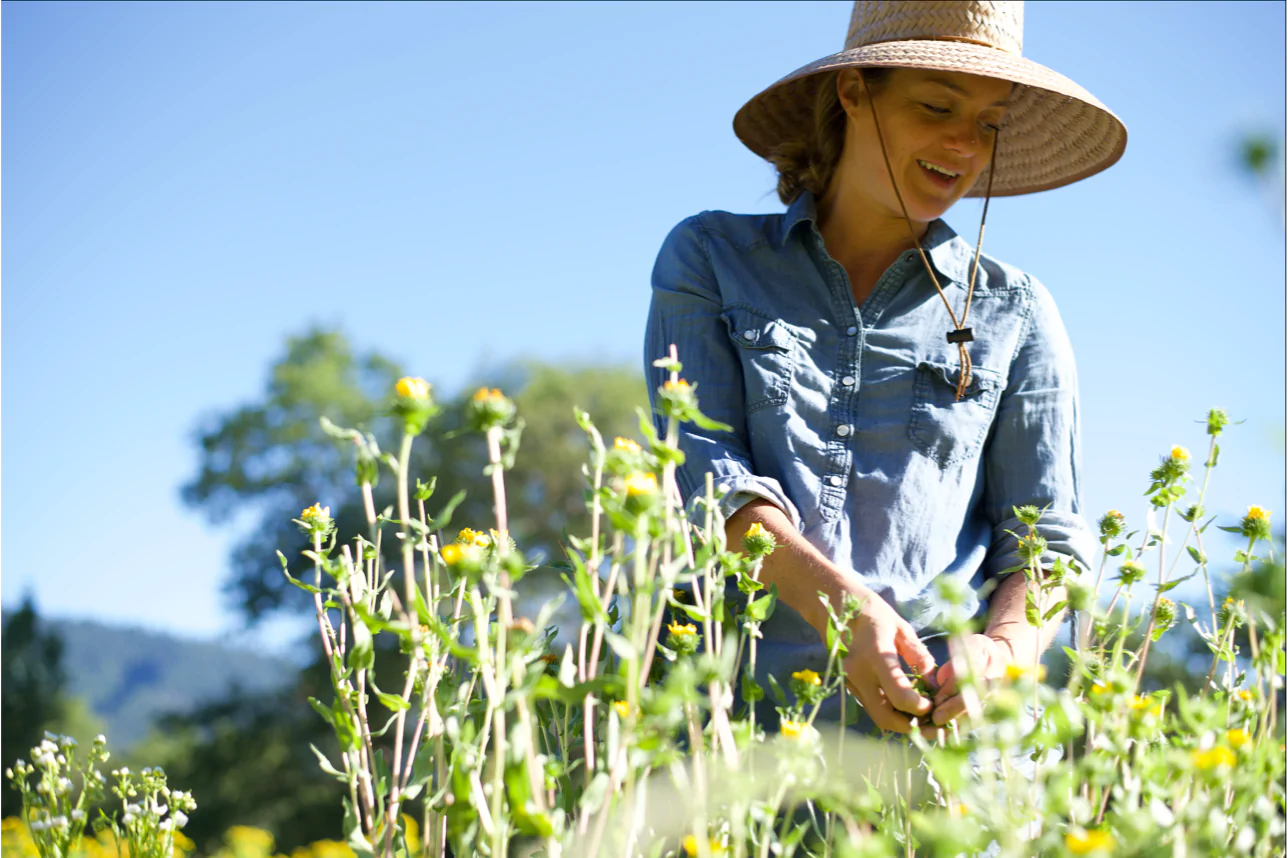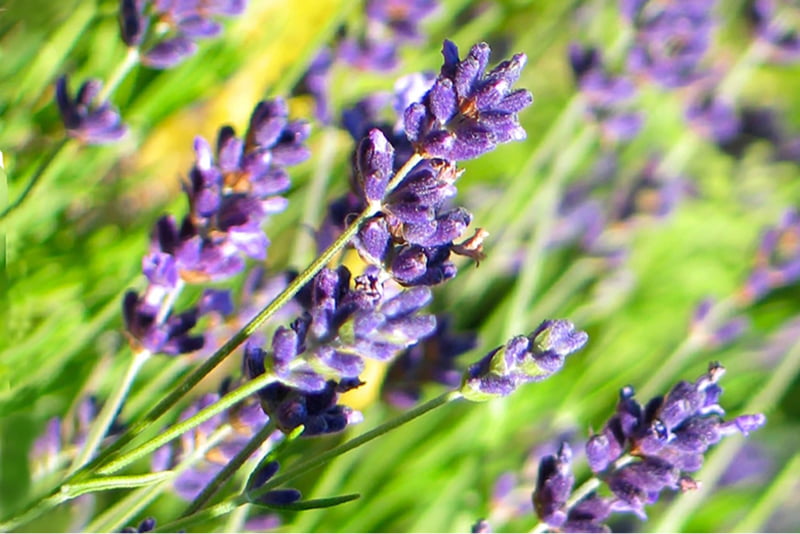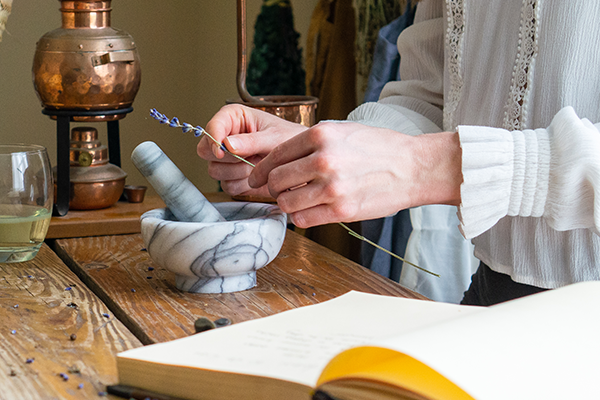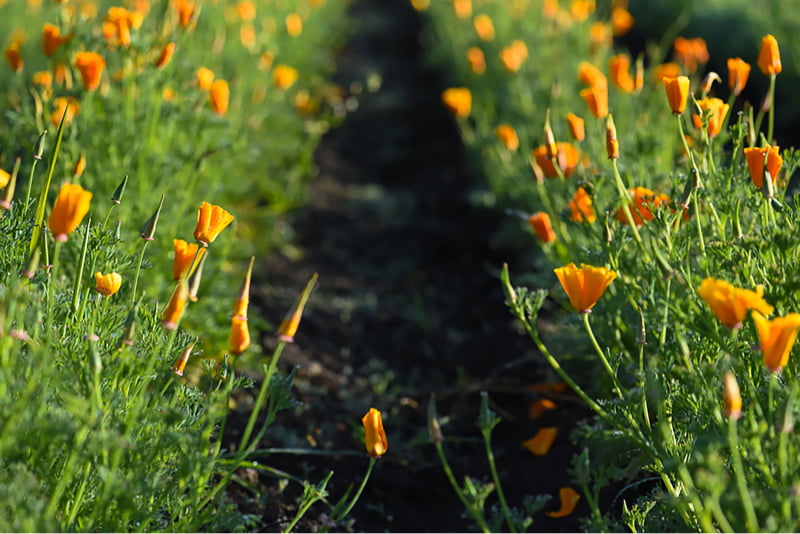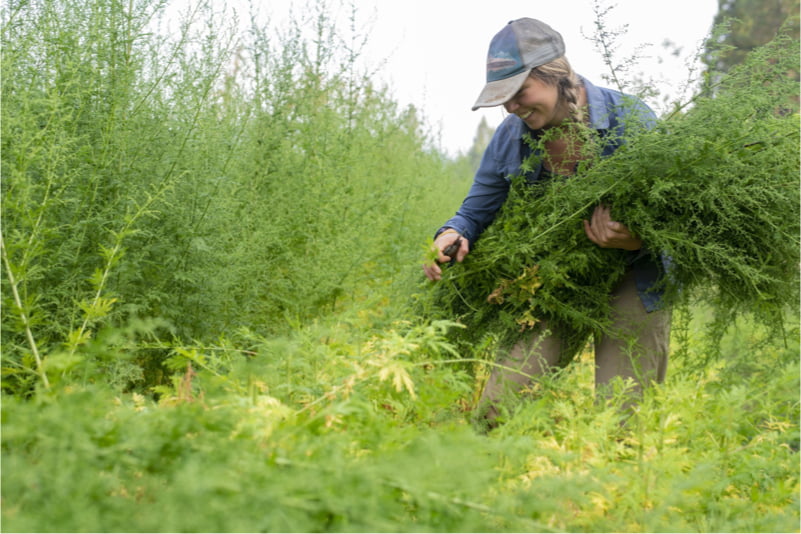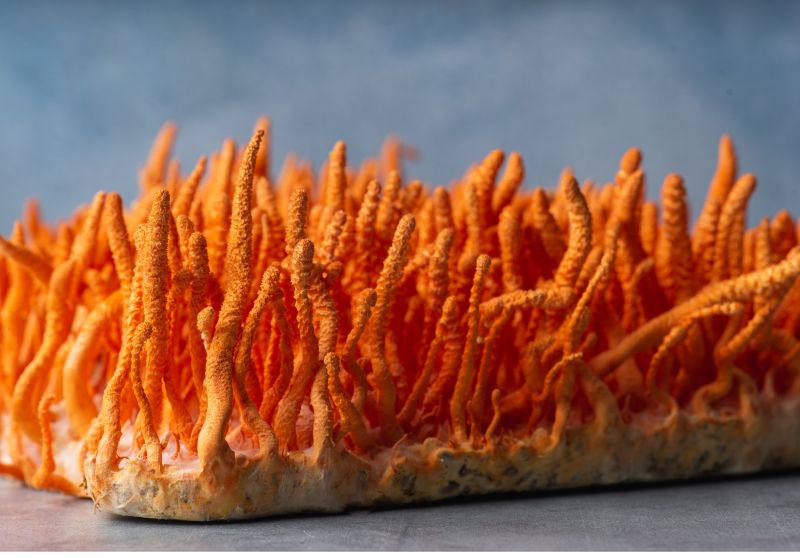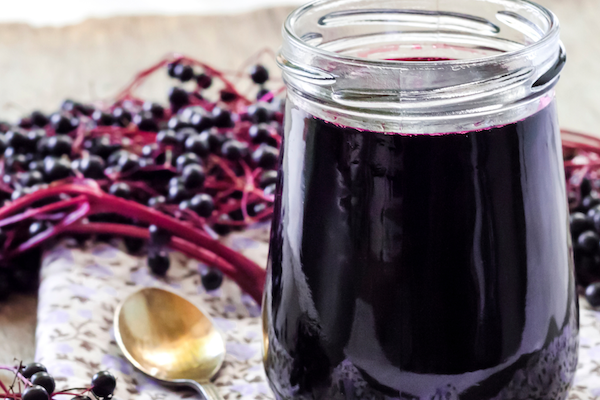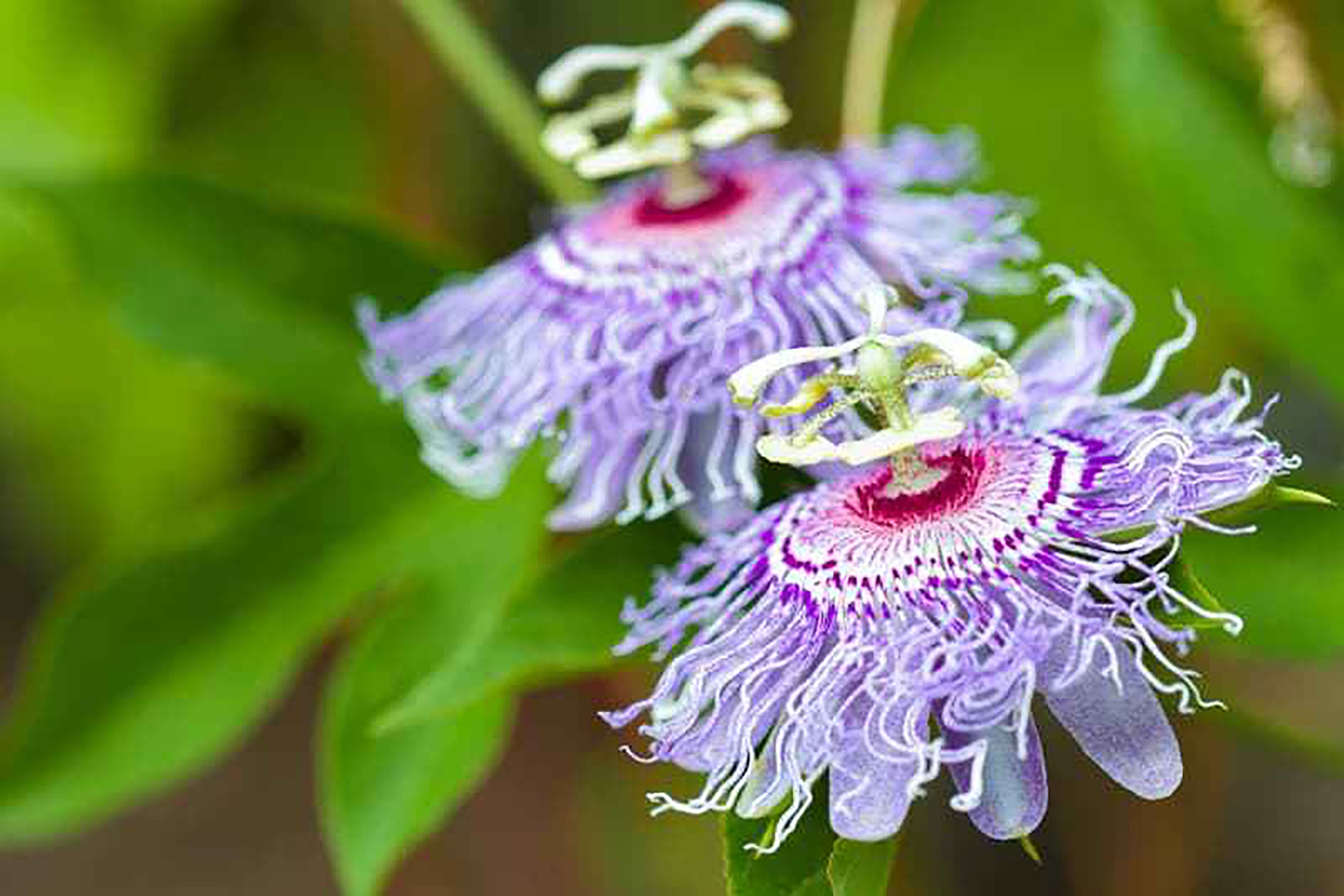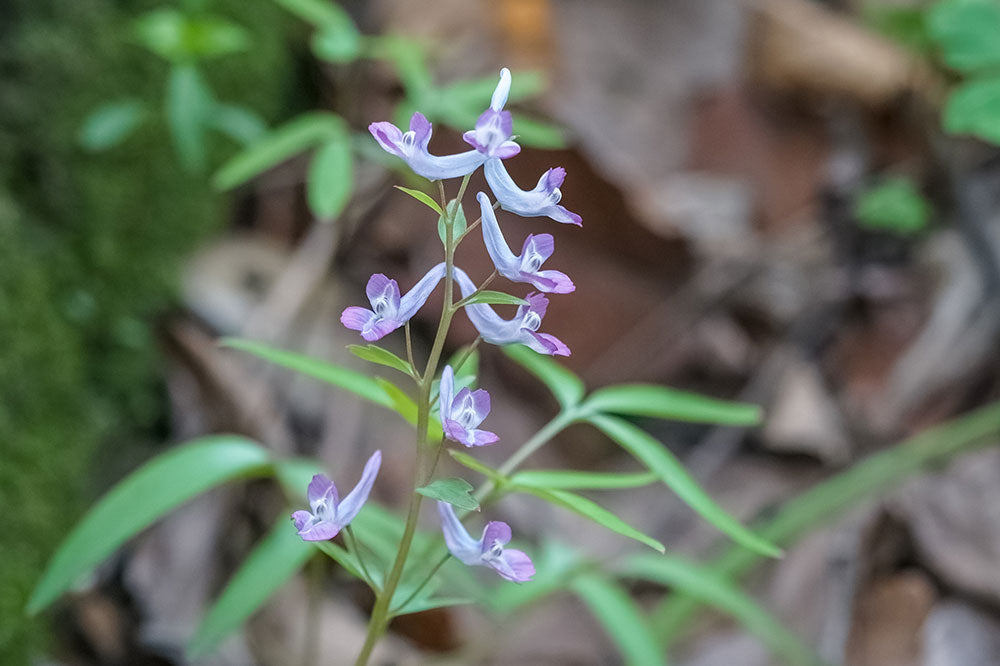Description
Corydalis is a perennial, monoecious plant.4 Leaves are varied, ranging from long petiolate shape at the bottom to biternate with entire margins to deeply trifid leaflets.8 Stem is upright with scale leaves.8 Flowers are in a raceme formation, with 5 to 15 flowers with lanceolate bracts.8 Fruit is a linear capsule with 1 row of seeds.8 Root is a yellow rounded tuber.8
Origins & History
Corydalis is native to Europe and eastern Asia, specifically east and northeastern China.2,9 Different species of this herb have been used in traditional Chinese and traditional European herbalism, as well as modern herbalism.2
The North American native species of this genus can be found in the Eastern region of the United States.7 It was commonly used in Eclectic herbalism in the early 1900s, although no record of the native species was found in current Traditional Western Herbalism.7 However, the Navajo, Ojibwa, Keres and Iroquois Native American tribes use the native species for fertilizer, fodder, veterinary use and in herbalism.5
The plant prefers well-drained and moist sandy-to-loamy soil with any pH and no shade to part-shade.4 It can be found on shaded edges or forest gardens with dappled shade.4
When cultivating, sow Corydalis seed on the soil surface when ripe. Keep it moist, as it loses viability when dried out.4 Germination should occur in 1 to 3 months with a single leaf produced in the first year of growth.4
After the above-ground parts have died back, the root is harvested in late spring or early summer, generally May through July.4,9
The tuber has been used for over 1,000 years in traditional Chinese herbalism and is considered an essential Chinese herb.4,6 In traditional Chinese herbalism, the herb’s properties are considered to be acrid, bitter and warm.9 Traditional extractions involve processing Corydalis with rice vinegar.9
